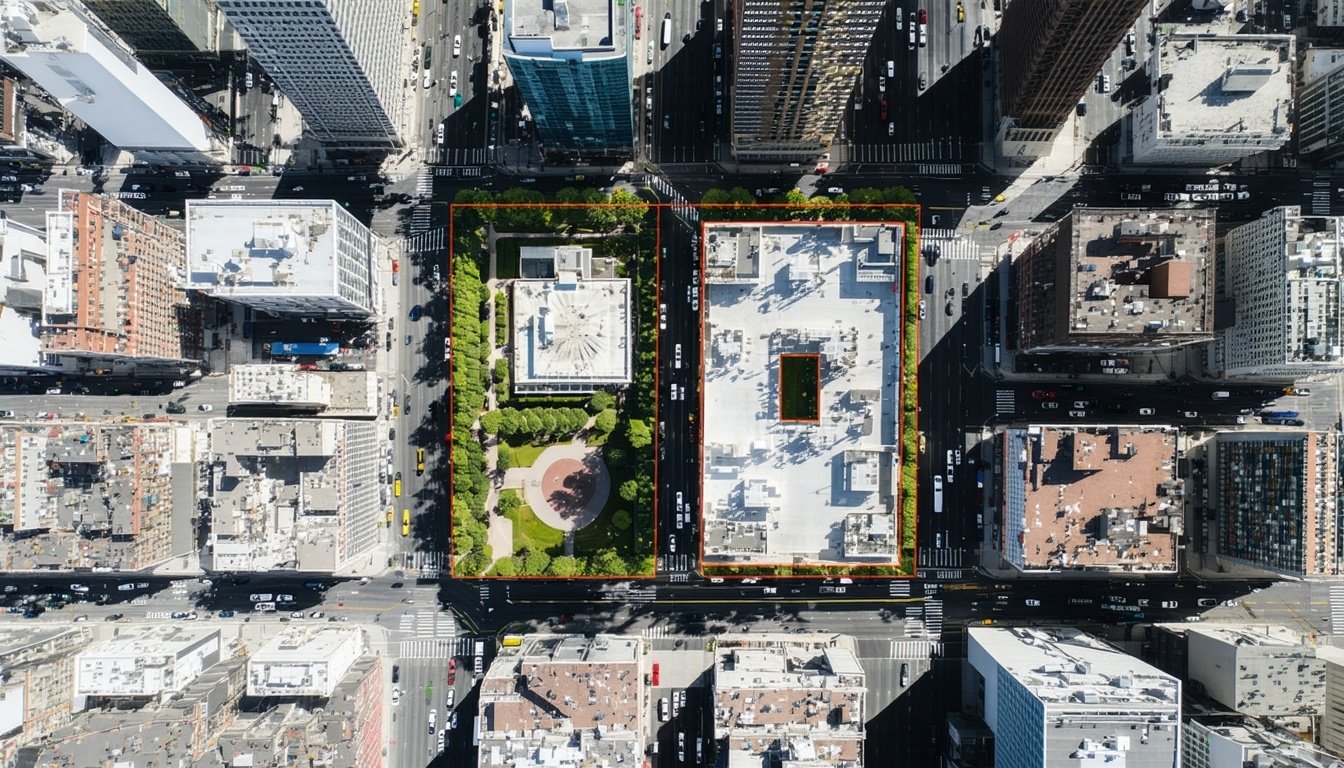Understanding the visual impact of new developments is crucial for balanced urban planning.
When councils require viewshed analysis in the planning process
Viewshed analysis is often a mandatory requirement for major developments during the planning process. Councils request these studies to understand the visual impact of new structures on the surrounding landscape and community. This is particularly important for projects in areas of natural beauty, historical significance or those that might affect the skyline.
By integrating viewshed analysis early in the planning stages, councils can make informed decisions that balance development needs with preservation of visual amenity. This process helps in identifying potential conflicts before they arise, ensuring that all stakeholders including residents, developers and environmental groups, have their interests considered.
How viewshed studies assess visual impact on the community
Viewshed studies utilise geospatial data and computer modelling to simulate how a proposed development will appear from various vantage points. These analyses take into account the topography, existing structures and vegetation to predict the visual footprint of the project.
The results of these studies help councils to assess whether a new development will obstruct key vistas, overshadow existing buildings or alter the character of a neighbourhood. By understanding these visual impacts, councils can impose design modifications or mitigation measures to reduce negative effects on the community.
Examples of developments that trigger viewshed analysis requirements
Several types of developments typically trigger the need for viewshed analysis. New housing estates, for instance, can significantly alter the visual landscape of an area. High-rise buildings in urban centres or near culturally significant sites also require detailed visual impact assessments.
Infrastructure projects such as bridges, wind farms and transmission towers are other common examples. These structures can have far-reaching visual impacts due to their size and prominence in the landscape. Councils use viewshed analysis to ensure that such developments are integrated thoughtfully into the existing environment.
The role of viewshed analysis in balancing growth with amenity
Viewshed analysis plays a crucial role in balancing the need for urban growth with the preservation of community and environmental values. By providing a clear picture of how new developments will impact the visual environment, these studies help councils make decisions that promote sustainable and aesthetically pleasing urban growth.
This balance is essential for maintaining the quality of life for residents and protecting the natural and cultural heritage of an area. Well-conducted viewshed analyses enable councils to approve developments that contribute positively to the urban fabric while minimising adverse visual impacts.
Why Certified Energy delivers planning-ready viewshed reports
Certified Energy is a trusted provider of planning-ready viewshed analyses, offering expert services tailored to meet the stringent requirements of council planning processes. Our team leverages advanced geospatial technologies and industry-leading methodologies to produce accurate and reliable visual impact assessments.
With a deep understanding of both environmental sustainability and urban planning, Certified Energy ensures that every viewshed report we deliver supports informed decision-making and compliance with regulatory standards. By choosing Certified Energy, developers and councils can confidently navigate the complexities of visual impact assessment, fostering developments that harmonise with their surroundings.







